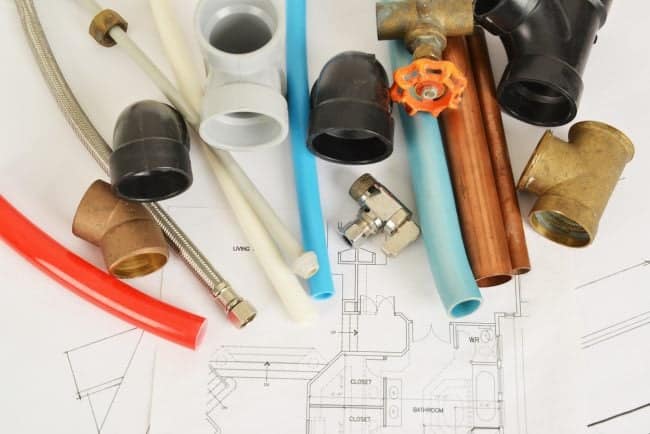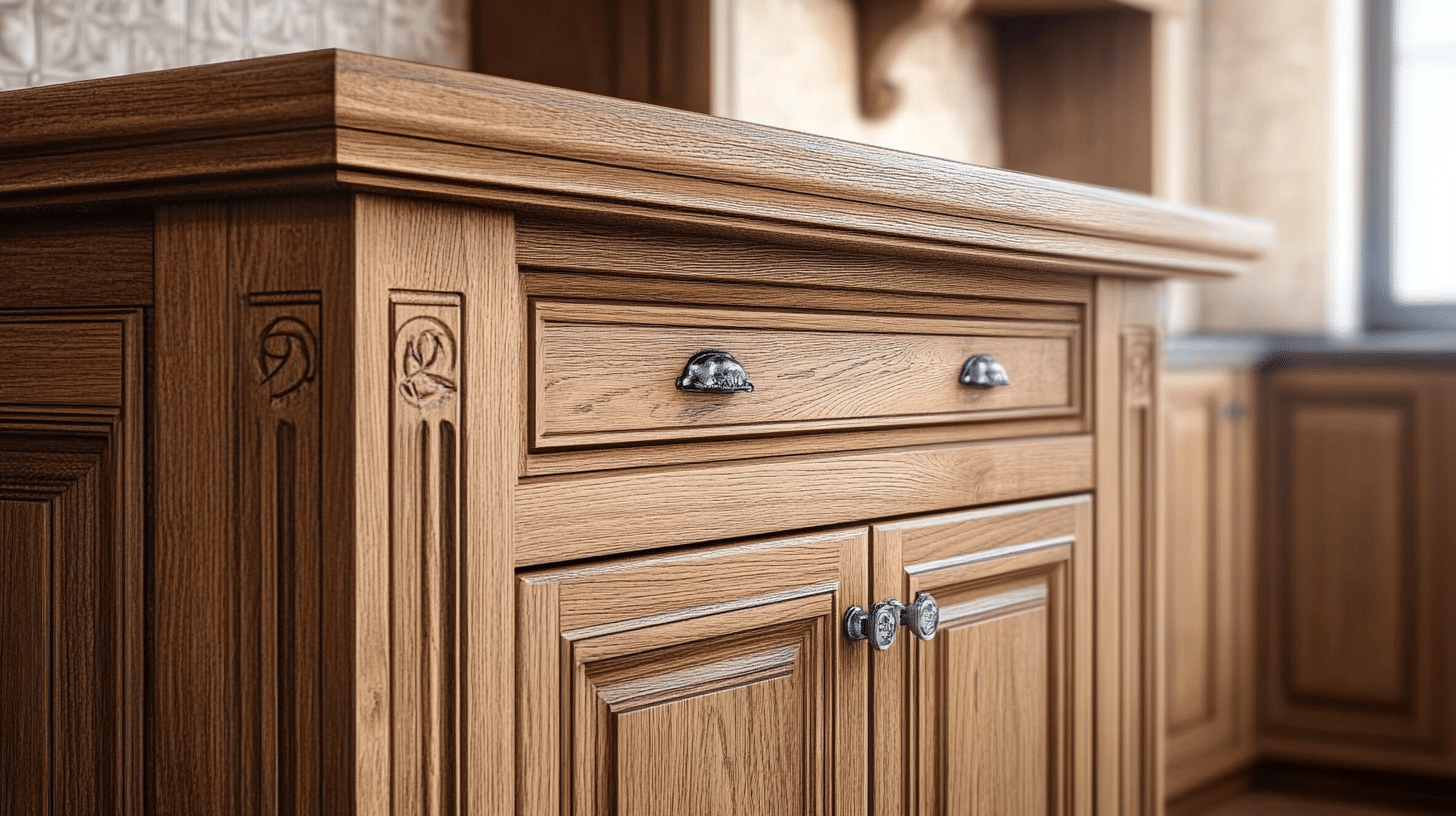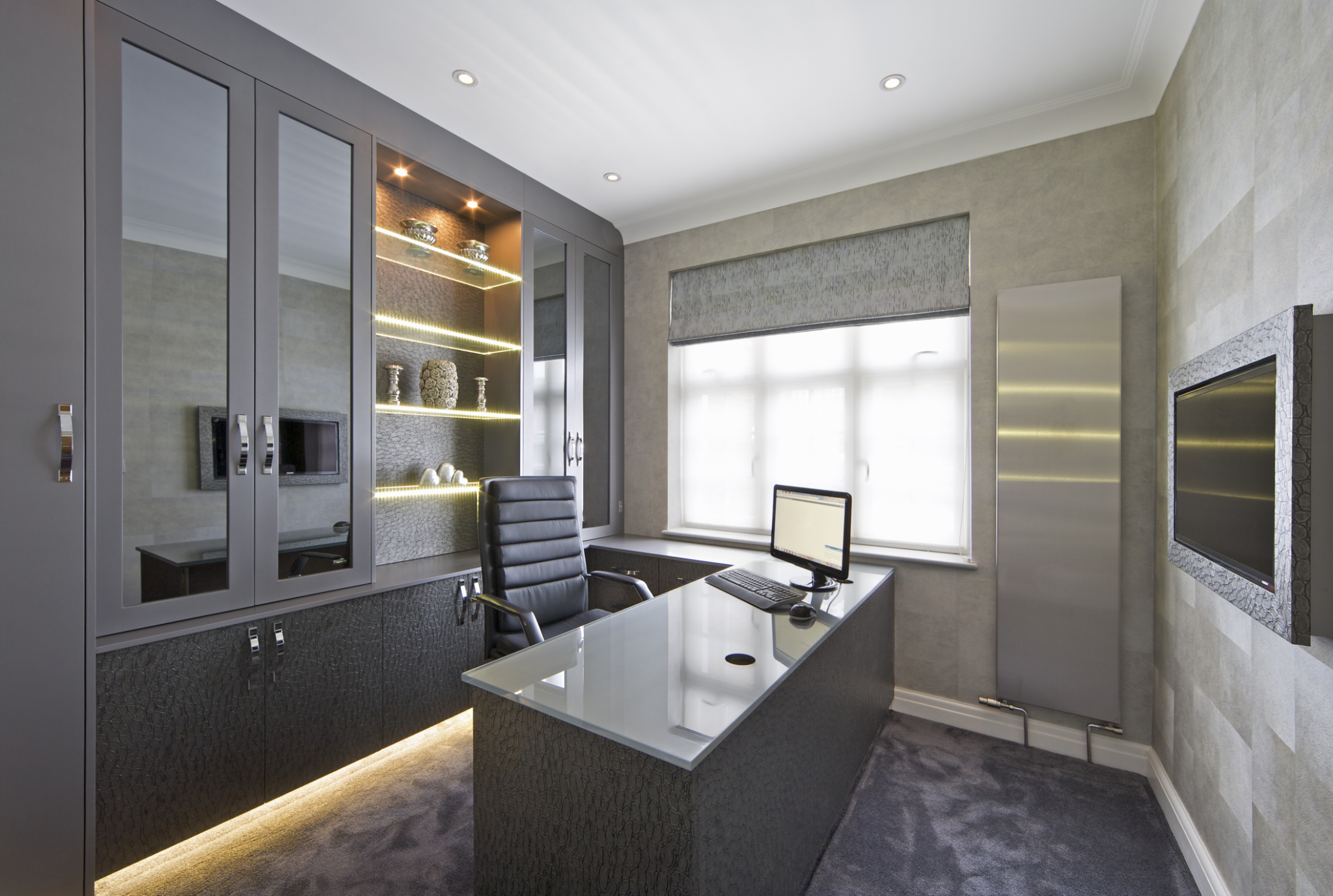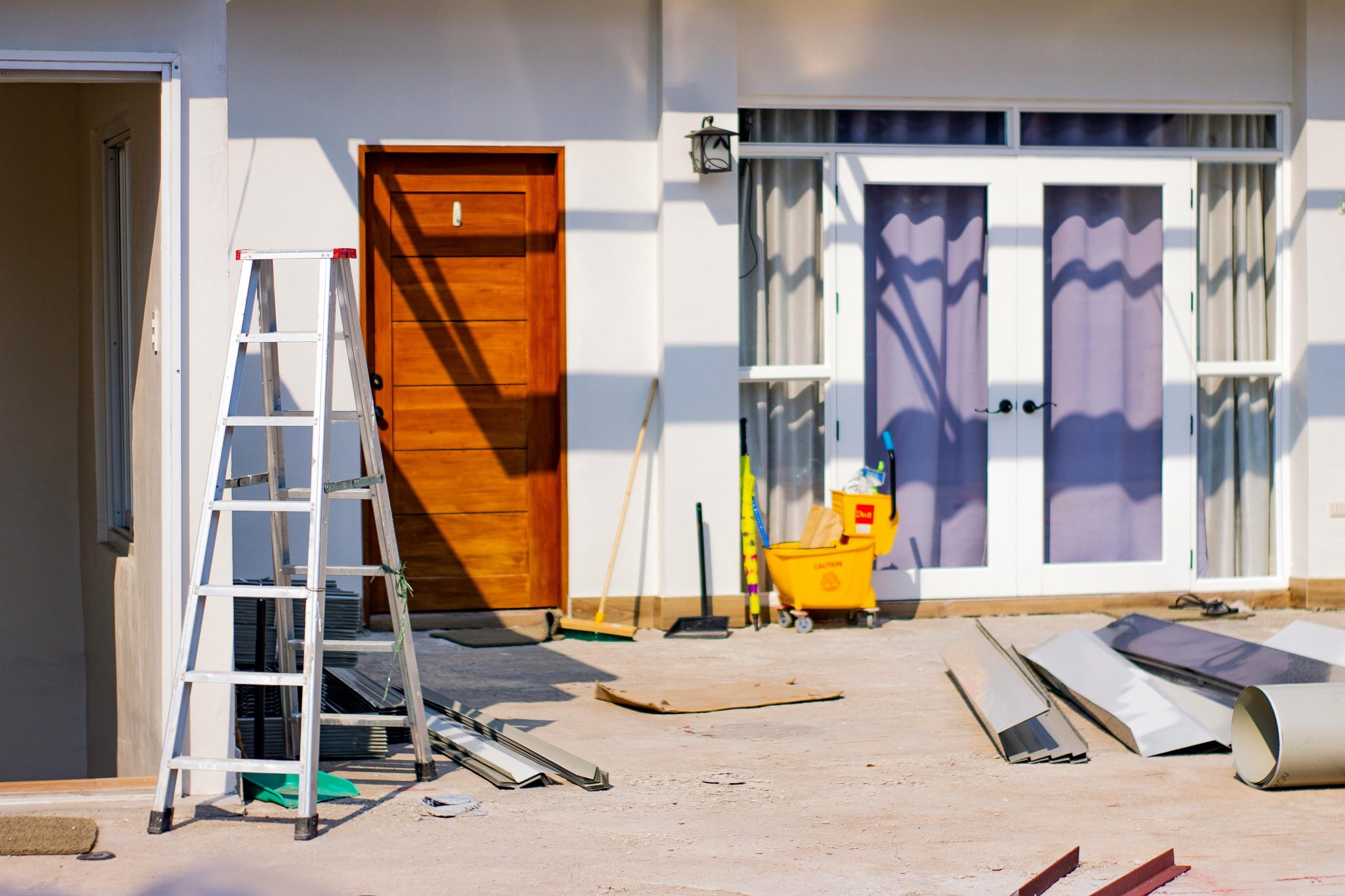What Steps Should I Take to Install a New Plumbing System?
There comes a time where a new plumbing system might be necessary for maintaining a well-functioning home. However, the process can seem quite intimidating at first. Here are some essential steps to get you started on a proper installation of a new plumbing system.
First and foremost, ensure that you have designed a comprehensive plumbing plan. This includes determining the best positioning for fixtures and appliances, and identifying the correct sizes and types of pipes. A well-planned design will minimize the room for error during the installation process.
Next, it’s important to collect all necessary materials. Pipes, fittings and fixtures of the appropriate specifications need to be procured. Remember, not all plumbing equipment is created equal. Make sure to source high-quality components for the best system outcome.
Lastly, while you may undertake this task if you’re confident in your DIY capabilities, professional help is highly recommended. Professionals bring a wealth of experience, training and resources to ensure that your plumbing system is installed correctly and adheres to safety standards.
If you require a professional plumber, consider the services of Fergusons Plumbing. They are experts in the field who can assist with all your plumbing installation needs.
Planning the Plumbing System

Identifying your needs is crucial when planning to install a new plumbing system. Different houses might have different requirements based on the number of bathrooms, kitchens, and extra fixtures.
Determine Your Requirements
Firstly, gauge your water usage. This will include understanding how many people live in your house, the number of bathrooms, and your daily water usage patterns.
Select Appropriate Fixtures
The next step involves choosing appropriate fixtures for your house. Your choice could range from sinks, bathtubs, showers, toilets to faucets depending on your needs and aesthetic preferences.
Create a System Map
A detailed graphical representation of where all the fixtures will be located, along with associated plumbing lines can greatly help. It will provide a clear picture and ensure accurate estimation of materials required.
Calculate Plumbing Cost
Acknowledge that a significant part of this installation process is estimating costs. According to data, the average cost to install new plumbing in a house is $.
Hire Skilled Professionals
Last but not least, always entrust the task to skilled professionals who have a proven track record in performing such jobs. Their expertise can save time and avoid potential issues down the line. Consider Guru Plumbers for exceptional plumbing maintenance and services you can count on.
Cost Assessment for Installation
Before plunging into your new plumbing system installation, carefully consider the related expenses. Make sure you thoroughly assess all potential costs.
The benefits of a new, efficient plumbing system are extensive. However, this step is crucial to ensuring that you are financially prepared for this undertaking.
- Material costs: Research and tally the prices of pipes, fixtures and hardware required for the project.
- Labor costs: Determine a reasonable estimate for the plumbing labor based on local rates.
- Inspection fees: Depending on your location, there may be necessary building inspections and associated fees.
The total cost will ultimately depend on the size and complexity of your new plumbing system. Be aware that unforeseen problems can also add to the project’s expense.
Therefore, setting aside a contingency budget can help cover any unexpected changes or issues during installation. This budgetary cushion could be invaluable if complications arise.
Meticulous planning and accurate cost assessment will make your journey smoother – ensuring you’re neither surprised by unexpected costs nor derailed by budget overflows.
The Underground Rough-in Phase
During the underground rough-in phase, it’s essential for you to ensure that your groundwork is flawlessly executed. Ensuring your footing drains prevent water from accumulating under your house is vital.
Remember to deal with stormwater management techniques by performing an accurate soil test. This will ensure your new plumbing system’s sustainability in all weather conditions.
- Identify Key Components: The first step involves identifying essential components like footings or storm drains correctly. Every component must be installed at appropriate locations for optimal functioning.
- Determine Material Requirements: Next, accurately calculate necessary plumbing supplies based on the layout and size of your system.
- Arrange Proper Insulation: Finally, choose suitable insulation for your pipes to help prevent freezing during the colder months.
Note that installation of new plumbing in a bathroom remodel averages between $1,500 and $15,000. Therefore, always consider costs when planning your installation process.
Your next steps involve getting a professional assessment for potential obstacles like large rocks or tree roots. With careful planning, you can prevent costly rerouting of pipes during installation.
The Aboveground Rough-in Phase
At this stage, your home’s framework is complete, and it’s time to install the pipes that will convey water throughout. This phase, typically referred to as the ‘rough-in’ stage, guides the entire plumbing process.
Selection of Pipes
You’ll decide on the types of pipes for your new system. Often, you have to choose between PVC or copper piping. Both come with their own advantages and drawbacks.
Plumbing Codes Consideration
Before you proceed with installation, remember to consider local plumbing codes. They ensure your plumbing system is safe and effective while preventing costly errors down the road.
Pipe Installation Process
Installation generally commences in your home’s upper areas before moving down to low-lying spaces like the basement. If any necessary fixture is based below ground level, egress will be needed.
Cost Consideration
For new construction, plumbers charge at varying rates depending on factors like pipe materials and labor complexity. However, understanding these costs upfront can help avoid unpleasant surprises later.
Scheduled Inspections
Upon completion of the rough-in phase, you should schedule an inspection. An inspector checks that the work done aligns with standards set by local codes before allowing you to proceed to final stages.
Residential vs. Commercial Systems
The fundamental difference between residential and commercial plumbing concerns both their size and complexity.
While residential systems cater to a household’s basic needs, commercial systems must fulfill the demands of businesses, often operating on a drastically larger scale.
You also need to consider the cost factor in your installation project. The average cost for installing plumbing systems can vary significantly depending on whether it’s residential or commercial. As per research, the average cost per square foot for installing a new plumbing system is around $50.
Prioritizing your needs before initiating the installation process is critical, as this determines the versatility and flexibility of your plumbing system. Be sure to thoroughly explore both options and carefully consider their respective merits and demerits before plunging into any decisions.
Steps to Install Plumbing
If you’re overhauling your home and require new plumbing, the task may seem daunting. Yet, the whole process can be streamlined when done with a systematic approach.
First things first, devise a plumbing plan. This includes not only imagining your layout but also making accurate sketches. These blueprints will guide you throughout your project.
- Purchase Quality Materials: It’s crucial to not skimp on materials. Ensure you choose top-tier pipes and fixtures that are up-to-date with current standards.
- Get Permits: Ensure you comply with local area building codes. Many places necessitate permits for significant plumbing work.
- Hire Professionals if Needed: Plumbing is generally complex; manipulating gas pipes or sewer lines can be risky. When unsure, hire professionals.
In addition, remember to install shutoff valves for every fixture in your house, allowing each piece of plumbing to be closed individually without affecting the rest of the system.
Sizing is critical in a plumbing system. Lack of proper size can cause low water pressure or slow draining, which can be quite frustrating. Hence, ensure everything is appropriately sized from pipes, fixtures, to drains.
Remember hard costs associated with specific installations might vary. For instance, installing a new toilet averages around $600, with most homeowners spending between $224 and.. This figure may vary depending on your region and level of complexity of the setup.
Plumbing System Maintenance
Your new plumbing system will require regular maintenance to function optimally. Just like any other home system, a bit of preventive care goes a long way. This includes regularly checking for leaks, testing water pressure, and ensuring drainage pipes are unobstructed.
Adequate insulation is also essential for maintaining your system’s overall health, especially in colder climates. Well-insulated pipes will prevent freezing and help maintain consistent temperatures throughout the plumbing network.
- Regular Pipe Cleanliness: Keeping your pipes clean reduces blockages and improves overall system performance.
- Annual Inspections: Hire a professional plumber once a year for an extensive inspection and system health check.
- Avoid Chemical Drain Cleaners: These can damage your pipes over time. Opt for enzymatic cleaners or simple plunger use instead.
The average cost to install a new 40 to 50-gallon water heater is approximately $1,. So you want to ensure that this important investment lasts as long as possible with minimal breakdowns. And this is only achievable through regular professional upkeep and daily good practices.
Routine maintenance will save you from unexpected repair costs, extend the lifespan of your entire plumbing system, and ultimately provide you with peace-of-mind knowing that your home infrastructure is functioning at its best.







